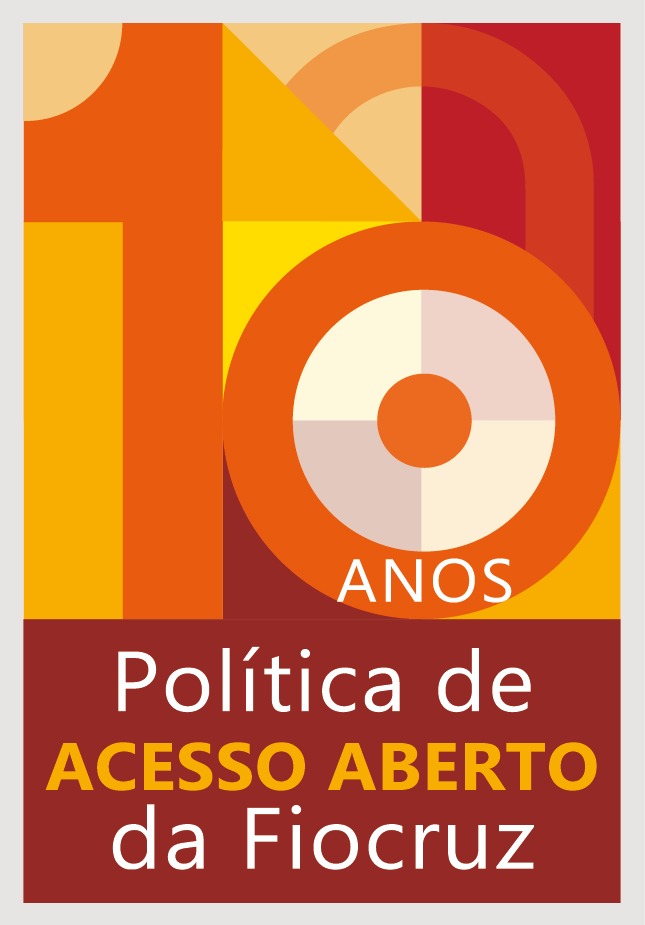Fiocruz and UFRJ advance in innovation capable of anticipating new infectious outbreaks
19/01/2024
Walisson Araújo (Cidacs/Fiocruz Bahia)
Thousands of people every year are affected by outbreaks of infectious diseases. Moreover, according to European Commission documents, the COVID-19 pandemic has revealed that the current international surveillance and warning system for infectious diseases does not work fast enough when faced with a rapidly dispersed respiratory pathogen. In this context, health authorities and agencies from different countries recognize that quicker detection and response to epidemics and pandemics depend on robust global surveillance based on comparable data.
Published (1/9) in the Journal of Medical Internet Research (JMIR) Public Health and Surveillance, a study led by the Center for Data and Knowledge Integration for Health (Cidacs/Fiocruz Bahia), in collaboration with researchers from other Fiocruz units, the Federal University of Rio de Janeiro (UFRJ) and the Rockefeller Foundation, internationally recognizes the model and implementation of the ÆSOP system, which has been developed for epidemiological surveillance and support in identifying and producing early warnings of possible infectious outbreaks, such as H1N1 and COVID-19.
Pablo Ramos, the study's researcher and vice-coordinator at Cidacs/Fiocruz Bahia, says that the work certifies the basis for the creation and implementation of the ÆSOP system. "In it, we present the main guidelines for choosing the data sources used for surveillance, including monitoring primary care visits, drug sales and social media and news," he explained. For the researcher, the publication "presents to the world the importance of an innovative look at the combination of digital and molecular approaches using alternative and health data sources in a state-of-the-art surveillance system, capable of anticipating outbreaks with pandemic potential".
Furthermore, another recent study published by the scientific team of ÆSOP confirmed the ability to use Primary Health Care (APS) data to anticipate outbreaks of respiratory diseases, using data on consultations for complaints of flu-like and respiratory syndromes in the State of Bahia. By comparing some existing "traditional" models with the development of the ÆSOP System, the researcher presented some unique and suggestive implementations for next-generation surveillance systems, such as "the importance of choosing appropriate data sources; the importance of ethically sharing data and ensuring individual privacy; the importance of ensuring sensitivity for detecting events, later complemented by specificity that can be achieved via genomic data; the possibility of adapting systems like the ÆSOP to other diseases of clinical importance".
For the Fiocruz researcher, this system is not intended to replace current systems, but to integrate the existing data context, to complement and support it by presenting a vision of "building a next-generation surveillance system". Regarding the next steps in the development of the ÆSOP system, Pablo says: "We are now working on consolidating the system, ensuring that alerts can soon be given to the Brazilian Ministry of Health. In parallel, as a result of the project's annual workshop that took place at the end of last year, we are in talks with the State of Amazonas to run a local pilot in that region, which will allow us to gather direct feedback on the usefulness and needs of users."
The development of the system, coordinated by Fiocruz researcher Manoel Barral-Netto, has been carried out in collaboration with public health and research managers and partner institutions, nourishing the ÆSOP with perspectives that go beyond the scope of research and seeking to implement improvements to the interactive and user-friendly dashboard for health managers. In Brazil, the ÆSOP system will be used by the Ministry of Health, which will be responsible for using it and issuing alerts to municipal and state health surveillance managers.
The ÆSOP project aims to meet future data sharing needs for surveillance. Thus, it contributes to a federated epidemiological surveillance system with the necessary tools and an open environment for cooperation, and can further support the model's flexibility to adapt to contexts and help identify specific diseases and associations, such as dengue.
ÆSOP
The ÆSOP is a project that aims to develop an Alert-Early System of Outbreaks with Pandemic Potential. For this, three important bases are established: innovation, optimization and anticipation. The ÆSOP will use digital health data collected from different sources to provide an operational system for health authorities at national and local levels, anticipating responses when a possible infectious disease outbreak is identified. Initially, the system will be developed to monitor acute respiratory syndromes, and will later be expanded to include the detection of other syndromes relevant to public health and with epidemic potential. Find out more about the project on the ÆSOP website.
Cidacs/Fiocruz Bahia
The Center for Data and Knowledge Integration for Health conducts studies and research based on interdisciplinary projects derived from the linking of large volumes of data to broaden the understanding of social and environmental determinants and policies affecting the health of the population. Through complex technologies, such as high computing capacity and Information Security solutions, international intellectual partnerships.
The Center has already produced meaningful knowledge published in hundreds of articles. It also participated in the debate and construction of an article on the General Data Protection Law (LGPD) aimed at public health studies, and has the largest cohort in the world: the Cohort of 100 Million Brazilians, which links data from social programs with other health bases for evaluations of the impact of social policies on infant mortality, suicides, cardiovascular diseases, infectious diseases, Primary Health Care, spatial segregation, material deprivation, among other outcomes associated with social determinants of health.




